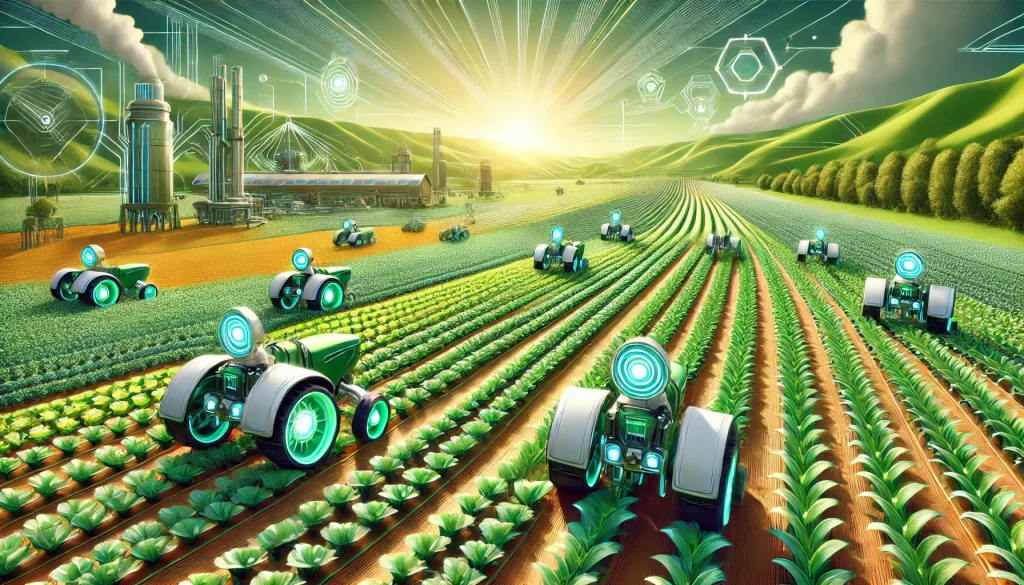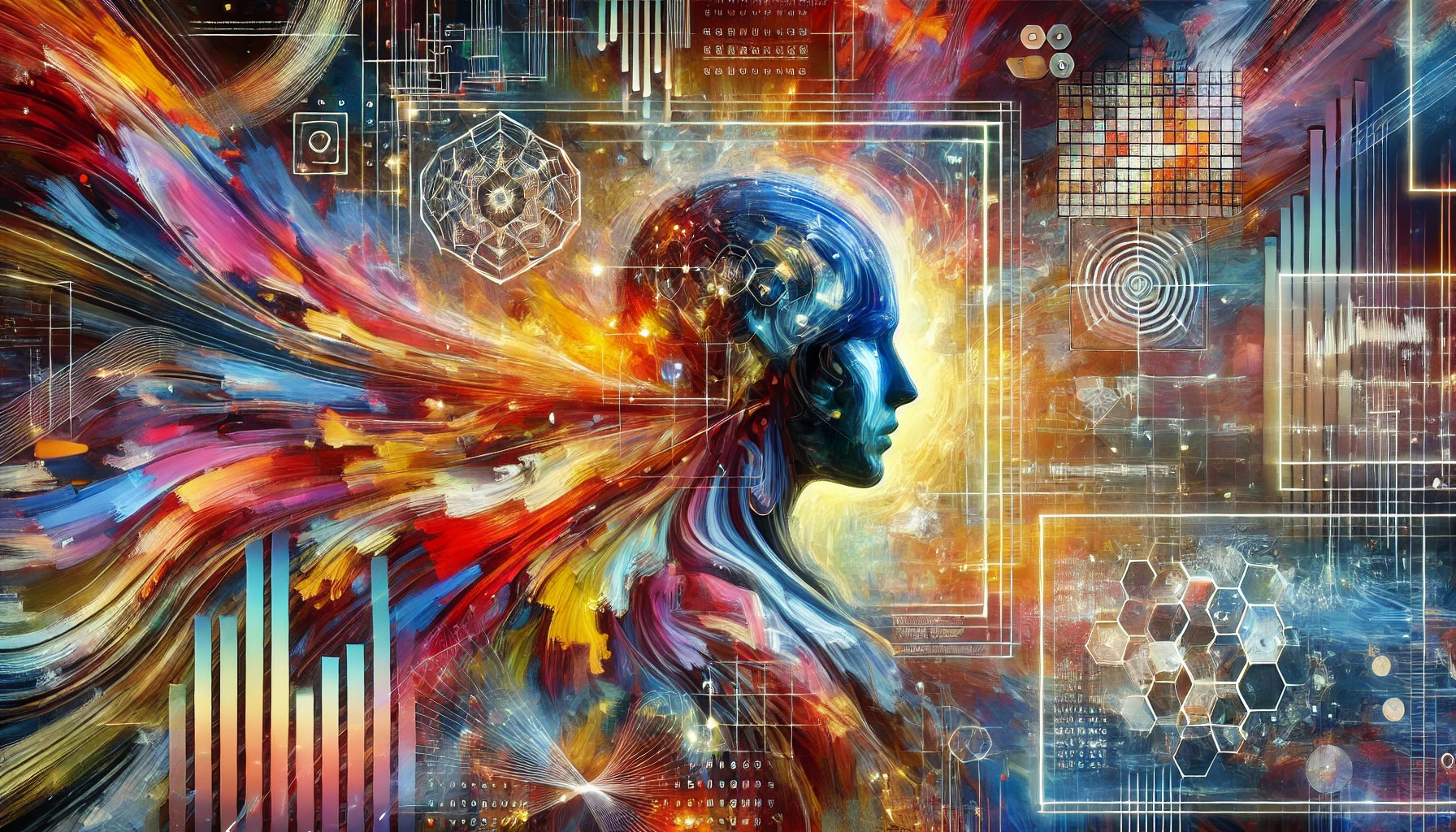If you think AI is all about robots and smart home gadgets, you're in for a surprise. AI is about to reshape not just your tech ecosystem, but the entire landscape of animal welfare, especially in the world of poultry farming. And let's face it, no one wants to be responsible for chickens living in poor conditions, right? This story gets into how AI is pushing us to rethink how we care for animals—and why it's the next big thing in farming.
But why should you care about chickens, or AI for that matter? Because AI is making sure these birds are better treated, and that means a lot if you care about ethics—or even if you're just looking for better quality food.
A Quick Background on Animal Welfare
Let’s set the stage with some basics. Animal welfare, as defined by the World Organization for Animal Health (WOAH), is “the physical and mental state of an animal in relation to the conditions in which it lives and dies.” This boils down to five key freedoms every animal should enjoy:
- Freedom from hunger and thirst
- Freedom from fear and distress
- Freedom from physical and thermal discomfort
- Freedom from pain, injury, and disease
- Freedom to express normal behavior
Sounds pretty straightforward, right? Well, not so much when you're dealing with poultry farms where thousands of birds are managed daily. The old ways of ensuring these freedoms—manual inspections and experience-based decisions—are limited, and that's where AI swoops in to save the day.
The Challenges of Poultry Welfare
It's no secret that poultry farming has grown massively, and with scale comes the challenge of managing animal welfare efficiently. The traditional five freedoms model, while noble, falls short when it comes to managing the welfare of production animals like chickens on a mass scale. For example, how do you ensure each bird is free from discomfort or fear when you have thousands of them? Manual checks are often subjective and, let’s be honest, exhausting.
So, what’s the solution? Enter AI.
How AI is Changing the Game in Animal Welfare
The inclusion of AI, machine learning, and deep learning in poultry farming is revolutionizing the way we evaluate and improve animal welfare. This is where concepts like Precision Livestock Farming come into play—where AI monitors and analyzes animal behavior, environmental conditions, and resource management to optimize both productivity and welfare.
Using sensors, cameras, and algorithms, AI tools can now track the health and behavior of each chicken in real time. AI doesn’t get tired, doesn’t overlook tiny details, and doesn’t rely on years of experience—it just learns fast and works around the clock.

AI in Action: The Smart Chicken Coop
Here’s how AI is actively improving poultry welfare in several areas:
-
Weight Gain Assessment
- AI systems like those described by Okinda et al. (2020) are already being used to assess weight gain in chickens. By capturing automated images of the birds and assigning geometric figures based on their body space, AI can track growth rates. The system adjusts to changing light and density conditions, ensuring accurate data.
- Example: Imagine walking into a chicken coop where cameras overhead record each bird’s growth without disturbing them. These cameras don’t just snap pictures—they generate 3D models of each bird, providing precise data on how much they've grown.
-
Locomotor Problem Detection
- AI tools also address issues like lameness in chickens, which can affect up to 25% of the flock. Traditionally, detecting such problems involved a person grading each bird's gait—time-consuming and subjective. Now, AI algorithms track movement through visual cues, offering an objective assessment.
- Human Element: With AI handling this, farm workers can focus more on preventive care rather than constantly worrying about diagnosing issues.
-
Health Problem Detection
- AI can monitor for subtle behavioral changes that may indicate illness. Think of it like a health check-up without ever touching the patient. AI analyzes things like caloric stress using infrared technology, enabling quicker identification of problems before they become serious.
- Real-World Example: In one study, AI identified ill birds faster than traditional methods, preventing the spread of disease.
-
Behavioral Monitoring
- AI systems monitor chickens for behavior that may indicate illness or distress, like changes in movement patterns or even excreta color and consistency.
- Visualization: AI cameras installed above the coop not only track movement but also monitor droppings—yeah, it’s not glamorous, but it’s effective in preventing outbreaks!
The Fourth Industrial Revolution Meets Poultry Farming
Welcome to Industry 4.0—a digital transformation that's finally coming to agriculture, and not just in the form of tractors with GPS. The use of AI for animal welfare is a core component of this revolution. AI tools like machine learning and deep learning analyze data collected from sensors around the farm. This isn’t about turning farms into factories; it’s about precision, efficiency, and better care for the animals.
But before we get too hyped, there are still hurdles. AI-based welfare solutions work best in farms with a certain level of technological infrastructure, meaning the rollout may be slow in under-resourced areas.
The Pros and Cons of AI in Animal Welfare
Advantages
- Objective Analysis: AI eliminates human bias in welfare assessment, ensuring decisions are based purely on data.
- Non-invasive Monitoring: AI can assess animals without the need for close human interaction, reducing stress and improving biosecurity.
- Real-time Data: AI systems work around the clock, providing immediate feedback and enabling quick corrective actions.
Challenges
- Technological Barriers: Not every farm has the infrastructure to support AI, especially smaller farms.
- Data Reliability: While AI can be incredibly accurate, the quality of its output depends on the quality of input—like camera clarity and sensor accuracy.
Conclusion: AI is Paving the Way for a Humane Future in Poultry Farming
AI has the potential to drastically improve the welfare of animals, especially in high-demand environments like poultry farming. While it's not a magic solution, it’s a significant leap forward in ensuring animals live healthier, more comfortable lives—without putting undue strain on farmers.
But, here’s the kicker: while AI can do wonders, it still needs human oversight. Farmers, veterinarians, and farm staff are still crucial in ensuring these systems work properly. Think of AI as a powerful tool that needs skilled hands to wield it.
Join the Revolution—What’s Next for Animal Welfare?
How do you feel about the future of AI in farming? Could this be the solution we’ve been waiting for, or do we need more safeguards? We’d love to hear your thoughts.
Apply to become a resident and a citizen of the Shining City on the Web and become part of the iNthacity community. Like, share, and join the debate in the comments below!




















Post Comment
You must be logged in to post a comment.